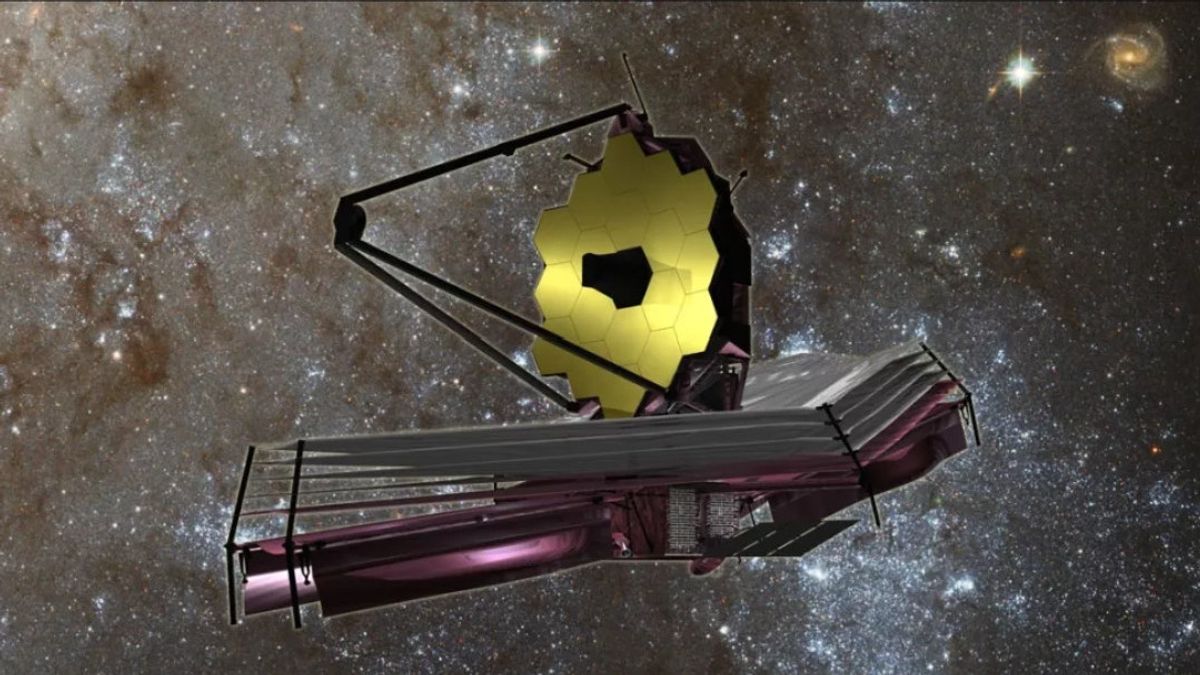JAKARTA - The James Webb Space Telescope has arrived at its destination, the second Sun-Earth Lagrange point, or L2, nearly 1 million miles away from Earth. Now, the telescope will focus on its research.
After the Webb Telescope completes a commissioning period of about six months from now, it is scheduled to begin a series of studies on exoplanets. One such project will study 11 super-Earths, which are worlds like Earth and Neptune. There is no such planet in this Solar System.
"In our Solar System, we have inner rocky worlds and outer gas planets, but the most common exoplanets we see are actually somewhere in between. The diversity of planets we find within galaxies far exceeds the diversity of planets in our own Solar System," said the scientist, Natasha Batalha, a researcher at NASA Ames Research Center in California.
Although scientists have discovered many planets, scientists know very little about these types of planets, such as whether they are habitable and how they formed.
The main challenge is that there are no such planets for scientists to study near home, so Batalha and his colleagues will be using the Webb Telescope to search for super-Earths in hopes of unlocking some knowledge.
Super-Earth research isn't the only exoplanet project Ames scientists have planned for the Webb Telescope's first year. NASA itself also highlighted two other investigations set for early-stage study by the Webb Telescope.
The first is a study on nine planets that are less massive and cooler than the better studied world, led by astrophysicist Ames Thomas Greene.
The second, which includes the participation of Batalha, focuses on the two planets in the TRAPPIST-1 system and three other rocky worlds. For the latter two studies, the Webb Telescope will work to determine whether a planet has an atmosphere, and if so, what it is made of.
Scientists aren't sure whether a planet so close to its star can have a substantial atmosphere, because the energy of a star can blow it up.
"The planet's atmosphere is critical to the possibility of life as we know it. We have developed the Webb Telescope instrument to be able to give us the data we need not only to detect atmospheres, but also to determine what they are made of," said Greene.
The Webb telescope will also collect spectra from each of these planets, to look at the type of light they emit to determine clues about what gases are in the atmosphere.
VOIR éGALEMENT:
“This study will focus on the planet's infrared emissions and look for signs of carbon dioxide. If any signs of an atmosphere were present, and especially carbon dioxide, then TRAPPIST-1b could have formed and evolved like the rocky planets in our own Solar System. that also have carbon dioxide, like Venus, Earth, and Mars," NASA said.
The Webb Telescope's studies of places such as the TRAPPIST-1 system will be very useful in trying to assess worlds further beyond the telescope's reach.
Scientists have discovered thousands of exoplanets, but only a relative handful will be large enough and interesting enough to take part in the highly sought-after time telescope, which should also include programs in astrophysics and other space problems.
Batalha said the Webb Telescope would help scientists understand the bigger picture of planet formation and evolution than what is seen in the Solar System.
"About 10,000 people have contributed to this telescope, and thousands more at more than 400 institutions will analyze data from its first cycle. This is an extraordinary opportunity to do science on this scale," said Batalha.
The English, Chinese, Japanese, Arabic, and French versions are automatically generated by the AI. So there may still be inaccuracies in translating, please always see Indonesian as our main language. (system supported by DigitalSiber.id)















